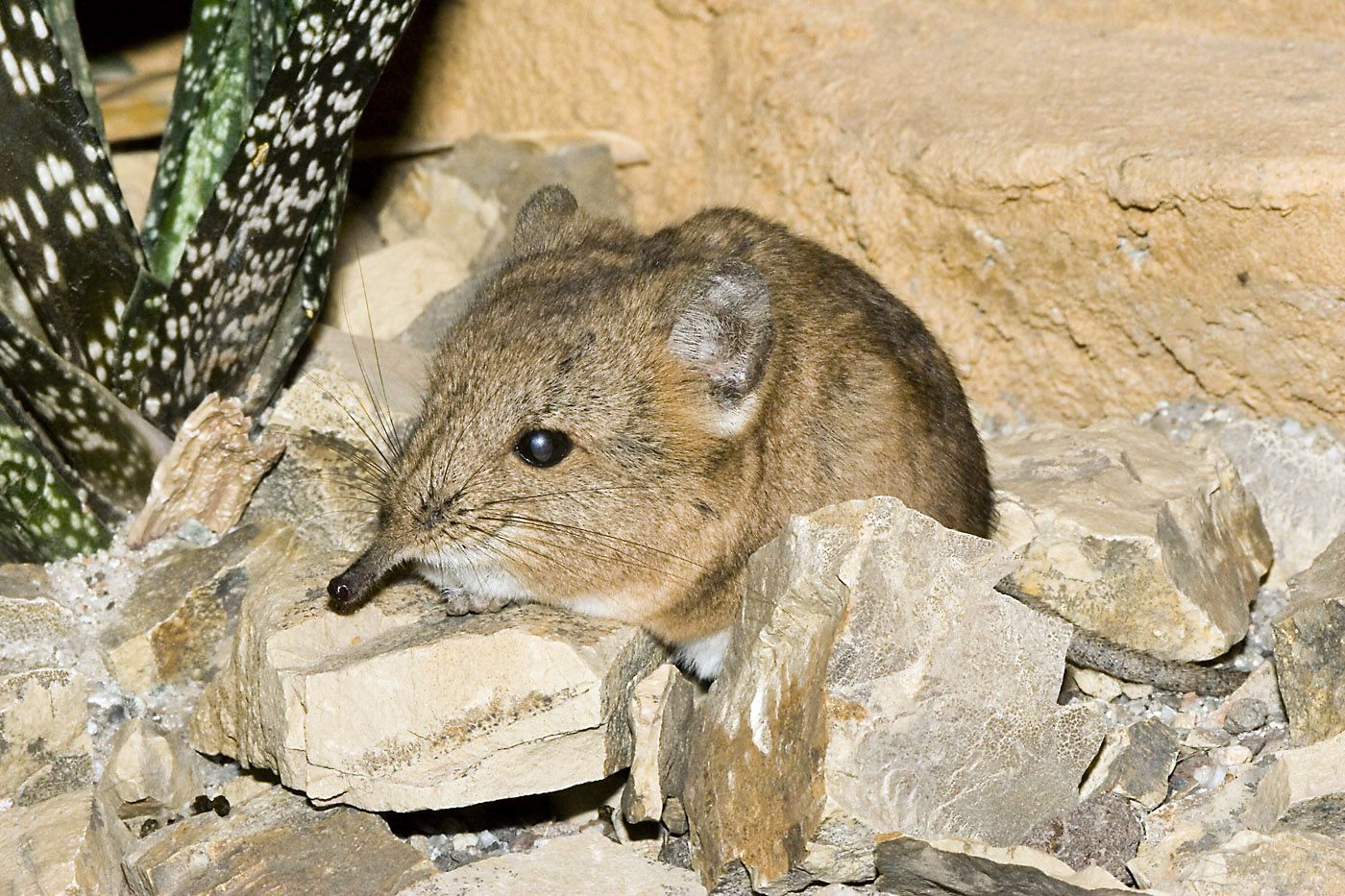 Children (11 direct children, 109 direct and indirect children):
Children (11 direct children, 109 direct and indirect children):
Mylomygalinae
Rhynchocyon
(tree size 19)
Herodotiinae
(tree size 1)
Elephantulus
(tree size 30)
Mylomygale
Macroscelides
(tree size 19)
Round-eared sengis
Petrodromus
(tree size 18)
Macroscelidinae
(tree size 8)
Myohyracinae
(tree size 2)
Rhynchocyoninae
Galegeeska
(tree size 1)